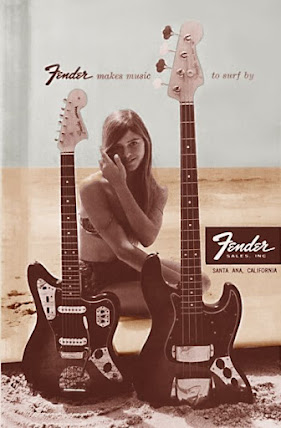George Harrison's Contribution (Part 1) by Keith Toop
Sunday January 28th 2024
When I started writing this blog, I was keen to get students, guitar club members and fellow musicians involved. I happened to mention this to one such person, and before I knew it, I had an infestation ;-)…. There was a Beatles blog in my inbox! So without further ado, I’m going to hand you over to Keith, for the first of two blogs about the songwriting contributions of “the quiet Beatle”.....
Ringo Starr contributed just two songs in his tenure, although he did contribute to vocals on many of the songs. So my focus is on the so-called, quieter member of the Beatles, George Harrison. Harrison was said to have joined the Beatles because he impressed John Lennon by playing his guitar to the instrumental “Raunchy” by Bill Justis from 1957. He was not seen as a songwriter though, and indeed had not even contemplated such a thing.
The Beatles first album, “Please Please Me” was released in March, 1963 and featured a combination of covers with the rest made up of Lennon/McCartney numbers. At the time George Martin, Lennon and McCartney all believed that Harrison did not have a natural ability for writing songs. So with that in mind, on the second album, “With The Beatles”, he was only allowed to contribute one song, “Don’t Bother Me” (below).
It was two years later that he received credit for two songs on the “Help” album, with the songs “I Need You” and “You Like Me Too Much”, although with the latter being dubbed his weakest Beatles offering. By this time Harrison was showing positive signs of maturing with songwriting, with his next contributions coming on the “Rubber Soul” album, “Think For Yourself” and “If I Needed Someone”, both showing signs of a great lyricist, with good melodies.
On the next album, ‘Revolver’ he moved from two songs to three, the biggest of which was the hit “Taxman”, more stereotypical of the band’s output at that time. His next song was influenced by Hindu music, and the use of a Sitar on the track brought about a new dimension in rock/pop music at the time. The track was “Love You To”. “I Want To Tell You”, was the third track, again more synonymous with the Beatles general style. It had more depth, with good use of the piano and bass lines, and a repetitive, arpeggio style riff.
The best was arguably yet to come though. We'll pick this up again another time with 'The White Album' which included the masterpiece, "While My Guitar Gently Weeps". KT.
....
I'd like to thank Keith for his excellent contribution. I've already got a few more collaborators lined up, but if you've got a musical subject you'd like to share, (or suggest), then please let me know. I'm very keen to use this blog to share our musical interests, and, where possible, collaborate with as many people as I can. - Jon.
























